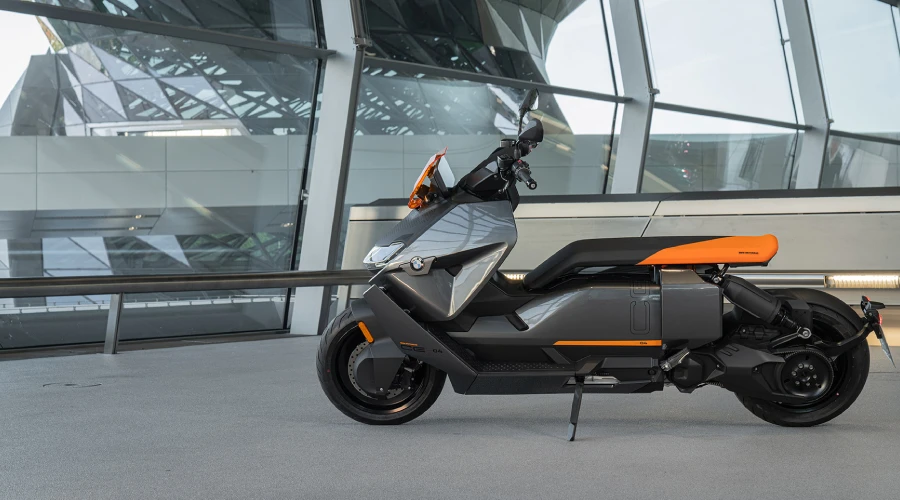TVS seems to be willing to change this trend with a practical and economical vehicle, as the leaked patent images show this technology associated with their TVS iQube, an urban electric scooter that currently has a range of 140 km.
The future of mobility remains one of the most concerning topics for automobile manufacturers.
On the one hand, it is known that internal combustion engines are counting their days, but what is not yet clear is their replacement in the future.
Currently, there is a focus on electrifying vehicles; however, this type of energy also comes with certain disadvantages associated with batteries, such as limited range, weight, and especially charging times.
To address these issues, some manufacturers have considered hybridization, although this is only a temporary solution.
Others, like TVS, appear to be opting to replace batteries with hydrogen fuel cells.
According to MCN, the new leaked patents from the Indian group indicate that they are working on creating a scooter powered by this type of fuel.
The main goal is to keep manufacturing costs low, so they have utilized an already electrified platform like that of the TVS iQube to develop it.
The iQube is an urban scooter equipped with a 4.4 kW motor and a top speed of 80 km/h, capable of offering a range of up to 145 km, depending on the chosen model.
According to these sketches, the Indian brand would now be looking to incorporate two new hydrogen tanks behind the protective shield, while under the seat, we find a fuel cell where the combustion of this fuel would take place.
Initially, the tanks (or cylinders) appear fixed behind the front, although the possibility of them being removable is not ruled out.
Continuing with the examination of the patents, we also see a small battery located under the flat platform.
This would serve as an accumulator to store the energy produced in the cell or to recover energy from braking, thus optimizing its performance to the maximum.
The biggest advantage that a hydrogen vehicle would have over an electric one is that recharge times would be eliminated as hydrogen is as easily refillable as gasoline or diesel.
However, it also has its drawbacks, such as the difficulty of hydrogen storage, the lack of a decent infrastructure, and the high energy cost of production.
If not produced using green energy, the cost renders it non-environmentally friendly, despite only emitting H2O from the exhaust pipe.
In fact, this seemingly revolutionary idea is not new at all, as other manufacturers like Honda have already attempted it in other projects that have yet to see the light of day. However, vehicles of this type do open up a window for further research.
Nevertheless, we will closely follow what may happen with this new project and its technology.







